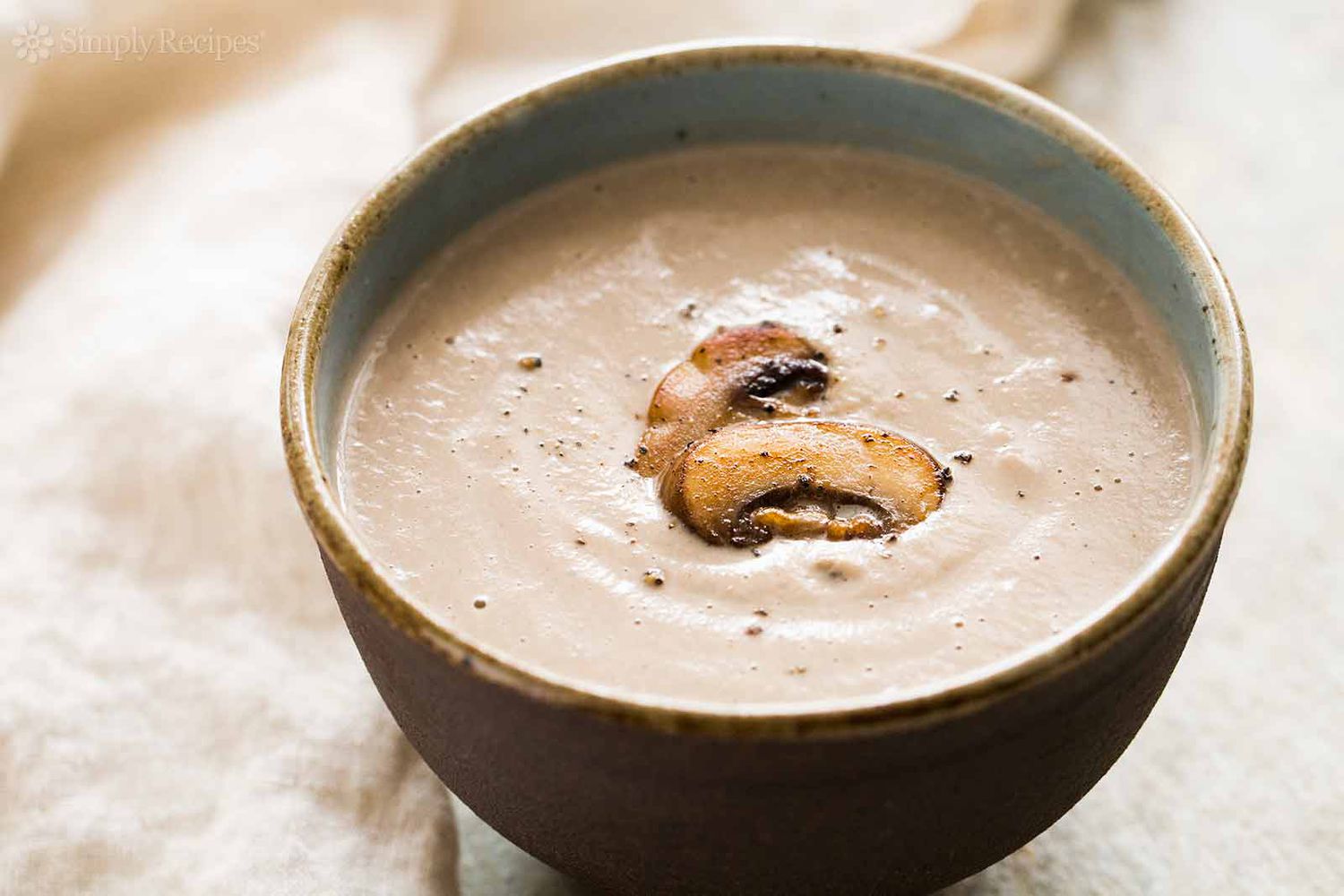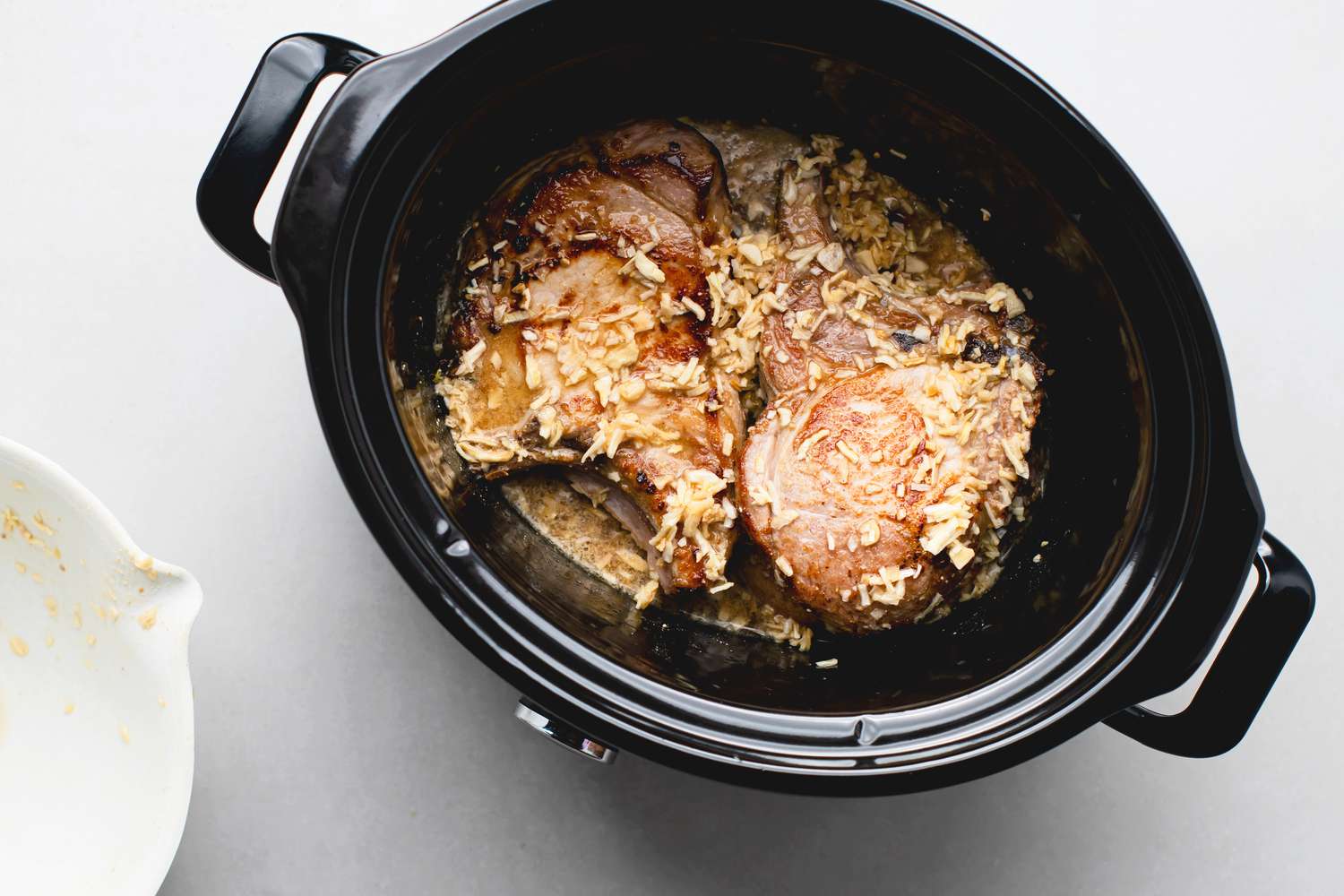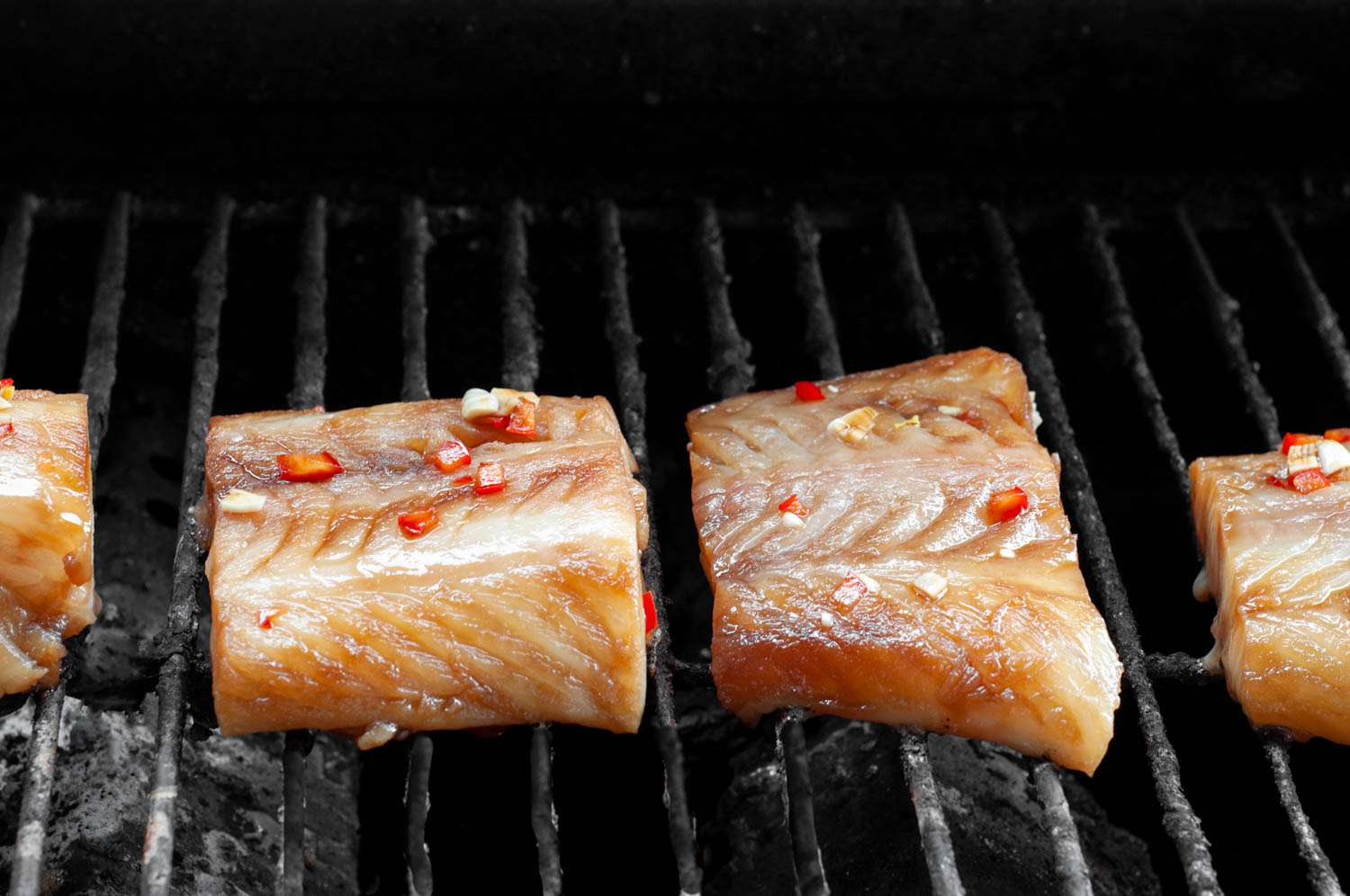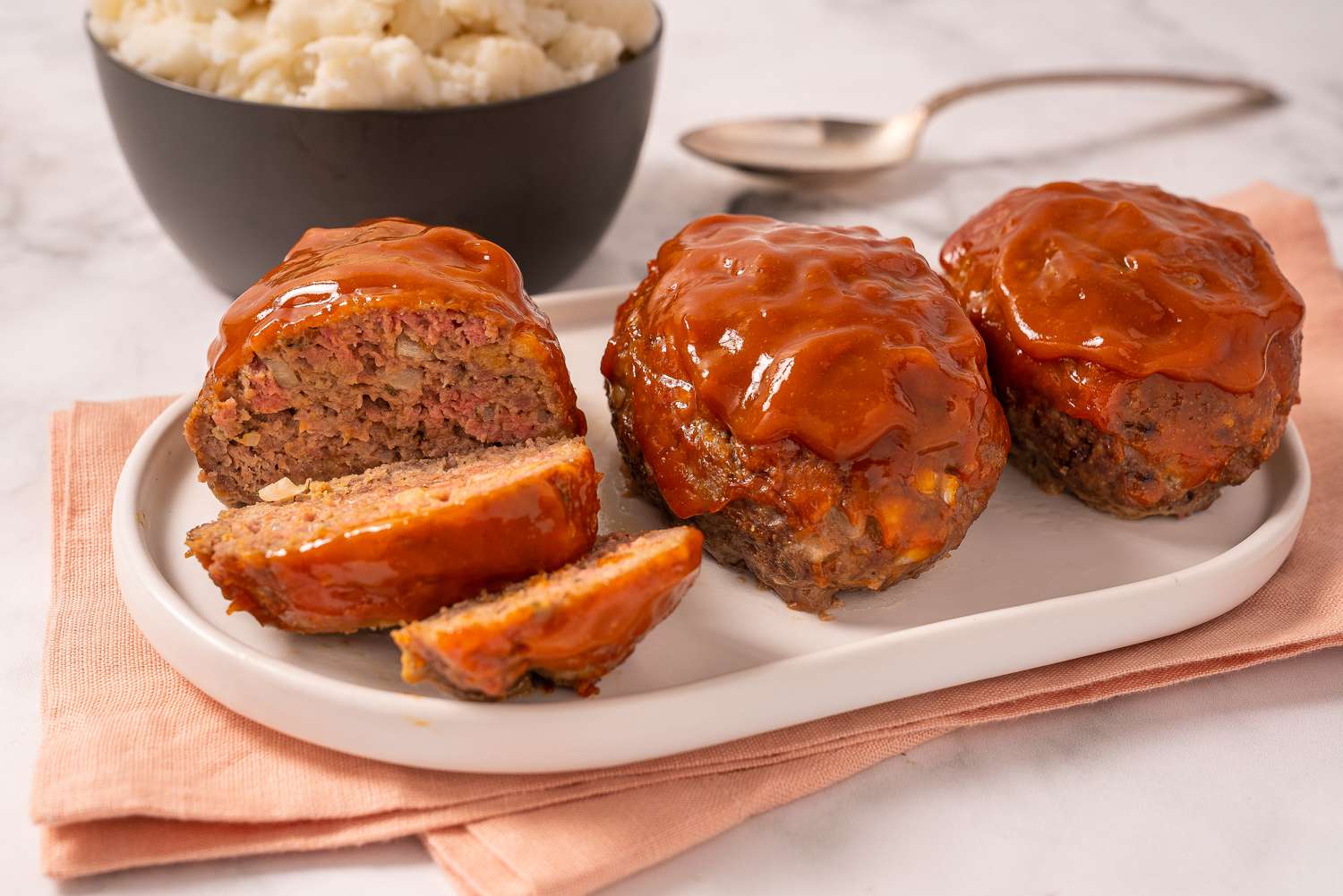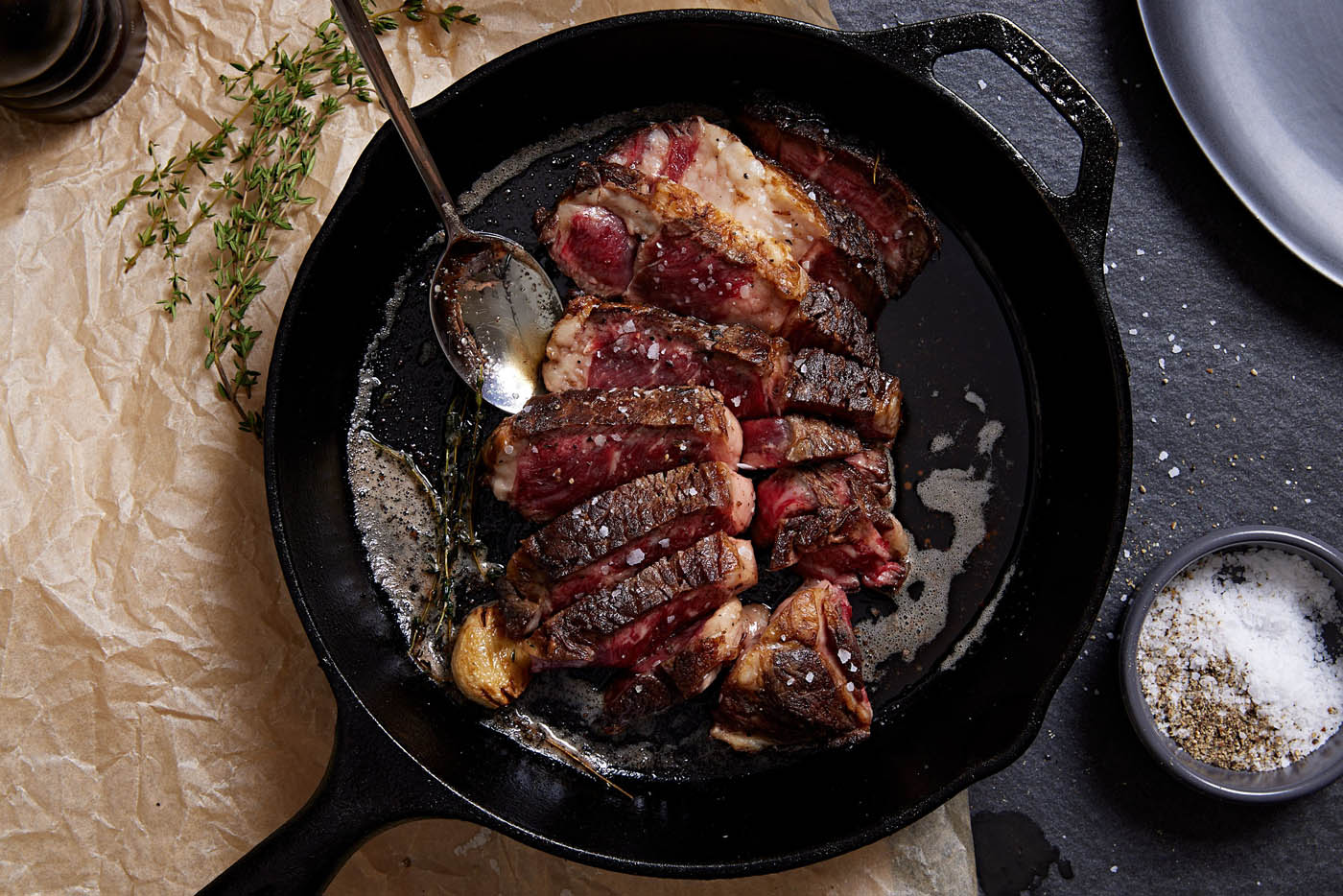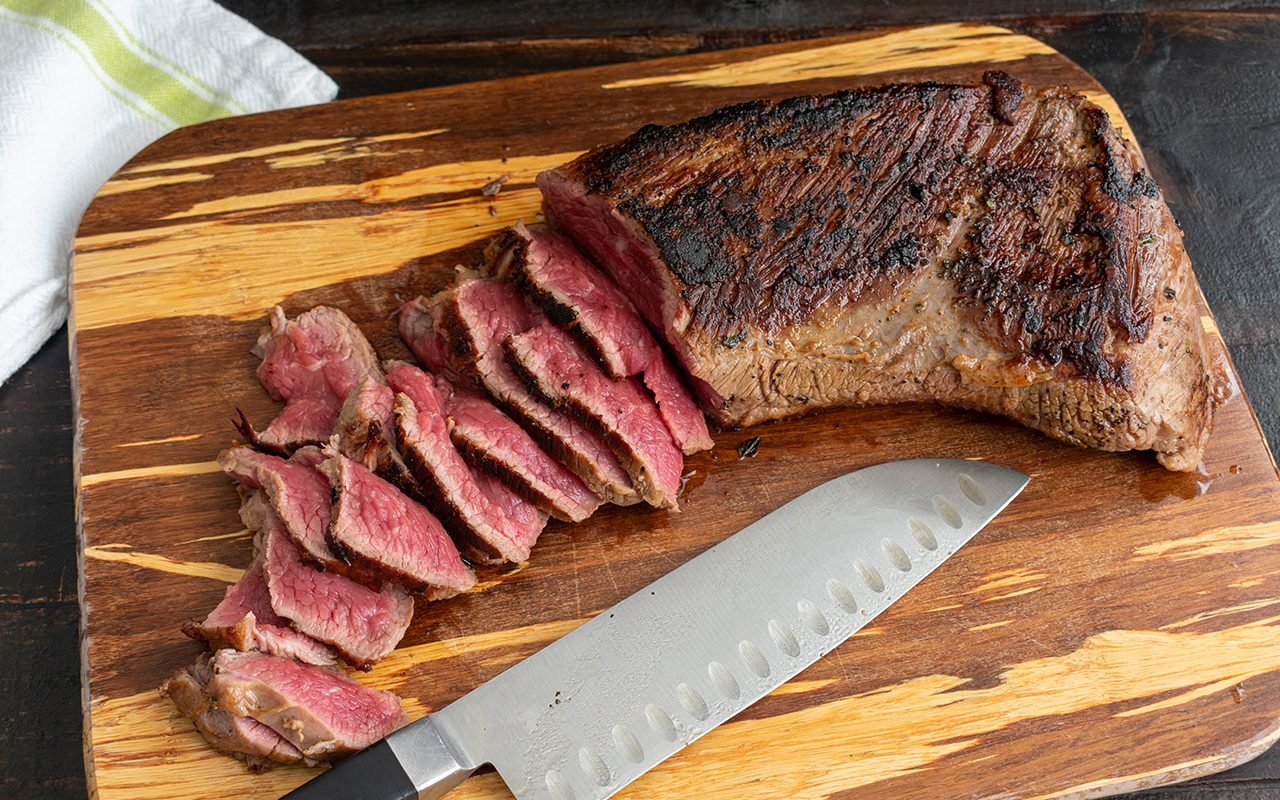How To Cook Fresh Tuna Steak
Are you ready to dive into the world of delectable seafood? Cooking a fresh tuna steak might seem intimidating, but fear not! With a few simple steps, you can create a mouthwatering dish that will impress your family and friends. Whether you prefer a seared tuna steak or a grilled masterpiece, we’ve got you covered. Let’s get started!
Step 1: Selecting the Perfect Tuna Steak
The first step to cooking an amazing fresh tuna steak is choosing the right cut. Look for steaks that are vibrant and firm, with a deep red color. Avoid any steaks with a dull appearance or strong fishy odor. Freshness is key when it comes to the quality of your dish!
- Choose tuna steaks that are at least 1 inch thick to ensure even cooking.
- Opt for sustainable and responsibly sourced tuna to support the environment.
Step 2: Preparing the Marinade
A delicious marinade can elevate the flavor of your tuna steak to new heights. Here’s a simple yet flavorful marinade recipe:
- In a bowl, combine soy sauce, minced garlic, freshly squeezed lemon juice, and a drizzle of olive oil.
- Add a pinch of salt, pepper, and your choice of herbs for an aromatic twist.
- Place the tuna steaks in a shallow dish and pour the marinade over them.
- Cover and refrigerate for at least 30 minutes to allow the flavors to infuse.
Step 3: Cooking Techniques
Now that your tuna steak is marinated and ready to go, it’s time to decide how you want to cook it. Here are two popular methods:
Seared Tuna Steak:
For a restaurant-quality seared tuna steak, follow these steps:
- Preheat a skillet over high heat and add a drizzle of olive oil.
- Remove the tuna steaks from the marinade and gently pat them dry with a paper towel.
- Season the steaks with salt, pepper, and any additional spices you desire.
- Carefully place the tuna steaks in the hot skillet and sear for 1-2 minutes on each side, depending on your preferred level of doneness.
- Remove from heat and let the steaks rest for a couple of minutes before slicing.
Grilled Tuna Steak:
For a smoky and charred flavor, grilling your tuna steak is the way to go. Follow these steps:
- Preheat your grill to medium-high heat.
- Remove the tuna steaks from the marinade and pat them dry.
- Brush the grill grates with oil to prevent sticking.
- Place the tuna steaks on the grill and cook for about 3-4 minutes on each side for a medium-rare result.
- Once cooked, remove from the grill and let them rest for a few minutes.
Serving Suggestions
Your perfectly cooked fresh tuna steak is now ready to be served! Here are a few serving suggestions to enhance your culinary experience:
- Garnish the tuna steaks with a squeeze of fresh lemon juice and a sprinkle of chopped herbs.
- Pair your tuna steak with a side of roasted vegetables or a refreshing salad.
- Create a flavorful sauce using ingredients like soy sauce, ginger, and sesame oil.
- Enjoy your tuna steak as a main course or slice it thinly for a delicious addition to sushi or poke bowls.
Now that you know the secrets to cooking a fresh tuna steak, it’s time to unleash your culinary skills and create a memorable seafood feast. Experiment with different flavors and techniques to find your personal favorite. Bon appétit!
Was this page helpful?
Read Next: How To Cook Pork Cutlets In Oven



